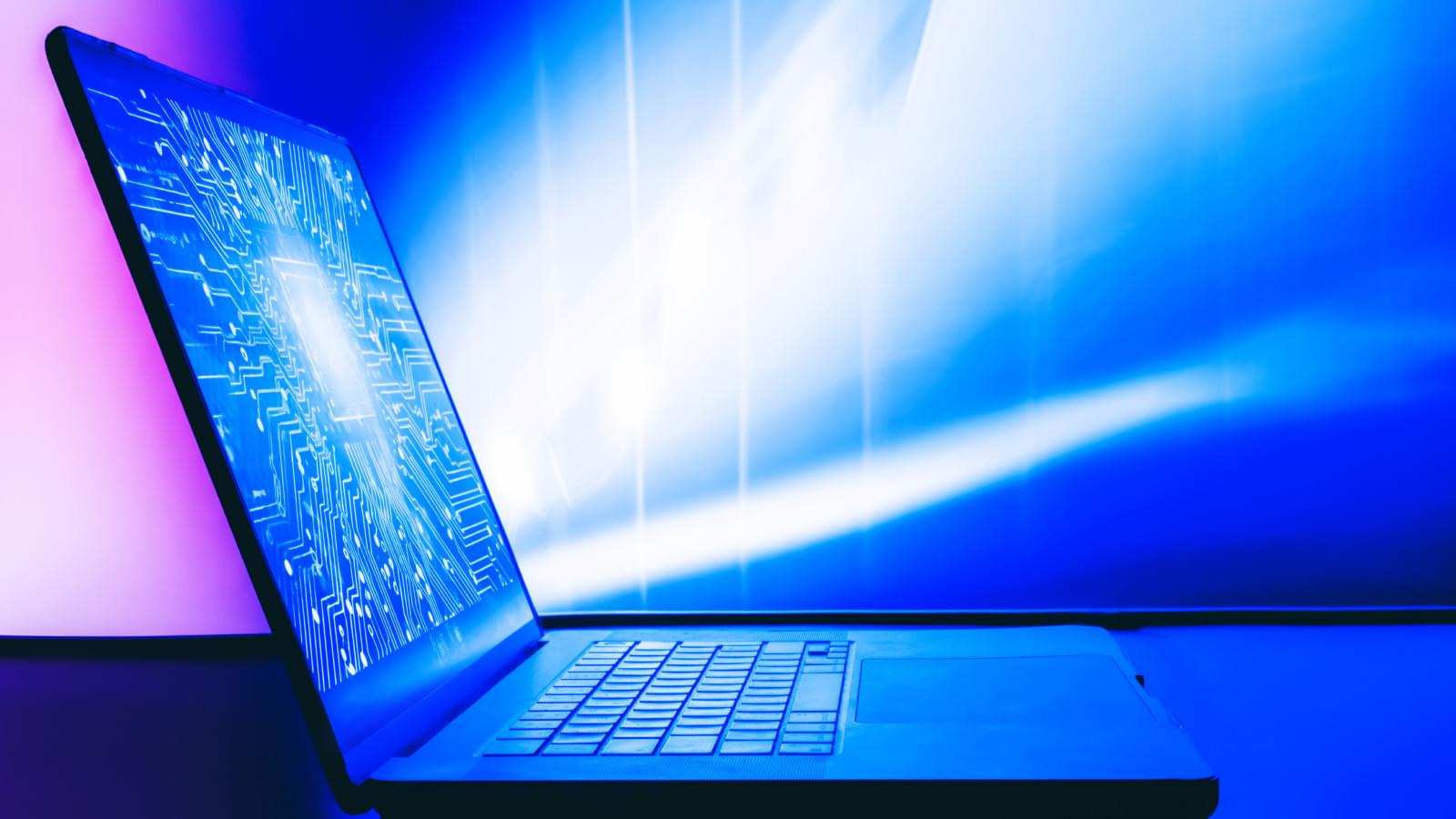While supercomputers excel at general-purpose tasks and large-scale simulations, quantum computers specialize in problems involving exponential combinations (e.g., materials science, drug discovery, AI optimization). However, quantum systems currently require conventional computers to operate—a dependency that will intensify as they scale from today’s 100+ qubits to thousands or millions. The project envisions supercomputers acting as the “pianists” that play the quantum “piano.”
Twelve user groups are currently testing both systems. The project’s primary objective is to provide concrete answers to “What can quantum computers do *now*?” rather than speculating about future capabilities, while demonstrating practical advantages of tightly integrated hybrid computing for real-world scientific and industrial applications.
A RIKEN-led project is developing system software to tightly integrate quantum computers with supercomputers.







